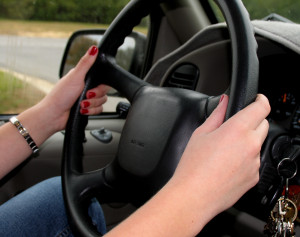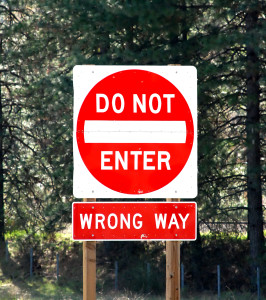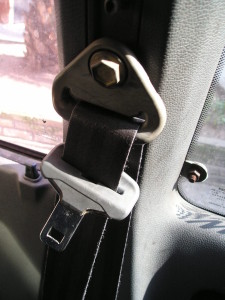Car crashes are the number one cause of death for teenagers. And according to AAA, the deadliest days of driving for teens are the 100 days between Memorial Day and Labor Day. With teens out of school, they are on the roads much more and often have other passengers in their vehicles with them. Below are some statistics for teen drivers in Tennessee and some tips on how to keep your teenager safe during this peak accident time.
First, let’s look at teen driving statistics for some Tennessee counties. Listed below are the counties with the highest young driver (ages 15-24) crash rate rank for 2014 and the number of crashes for each county: Continue reading
 Tennessee Injury Law Center
Tennessee Injury Law Center







